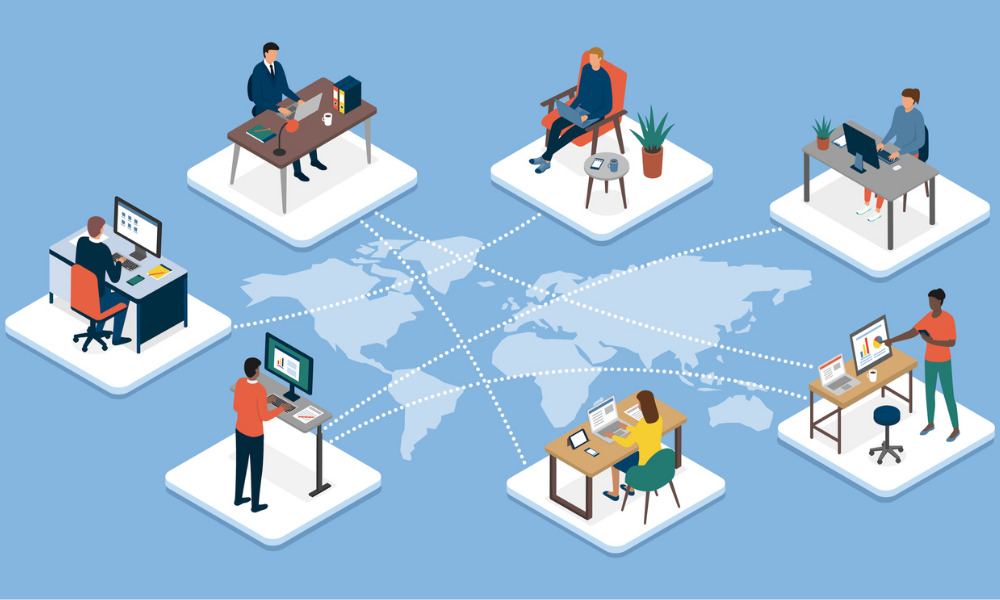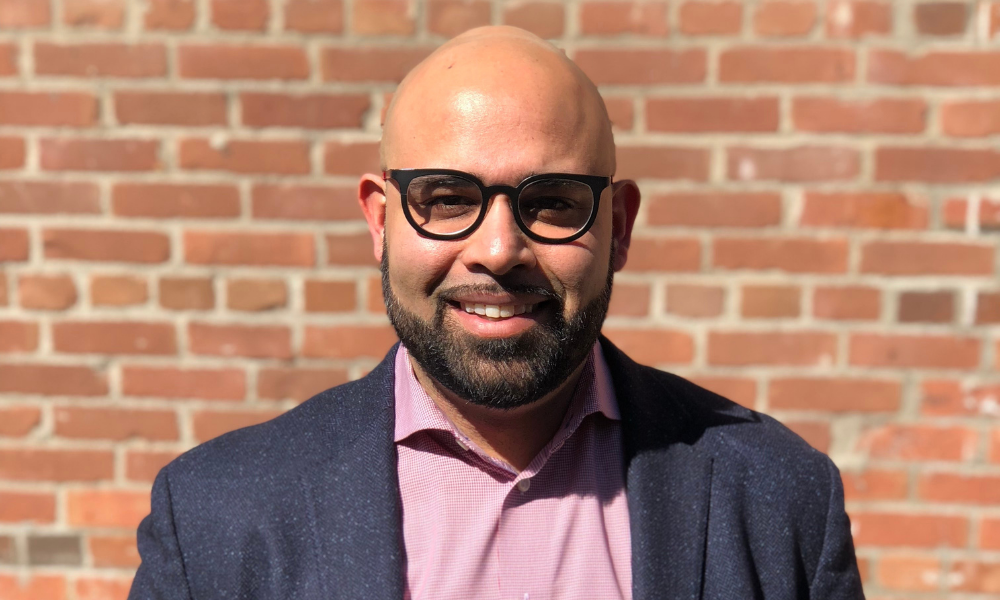'There's a lot of work that can be done asynchronously with us operating in different time zones'

While organizations begin the process of reimagining the workplace in the post-COVID landscape, what can HR professionals learn from those businesses who have always been remote-first?
Dr. Bill is a physician billing software company in Toronto that launched in 2014 as remote-first.
“Remote work makes work more accessible. At the end of the day, it removes the physical constraints and the barriers that exist preventing and holding back diversity,” says Vikram Luthra, CEO. “It was an intentional decision on our part to say we want to be as diverse as possible and then also, to support that mission, that key value that we have as an organization: we said, remote is what facilitates that.”
In addition, the company founders saw “the writing was kind of on the wall,” he says, as many other start-ups were contemplating doing the same thing.
“There were a lot of signals saying, ‘The future isn’t necessarily tied to a physical workspace.’ There were other start-ups coming into the market and so in order for us to be competitive, we’ve got to do something different.”
As a company that offers services across Canada, having that extra-wide employee footprint was a key differentiator.
“The other thing is time zones, which is a very tangible benefit. We’re able to provide more coverage by having people across the country, especially from a customer-service perspective, which is a big part of our business. It enables us to put our customer first a lot more and achieve the core value: pushing diversity, and making sure that we have a lot of different perspectives, a lot of different backgrounds, a lot of different geographical considerations, all that gets covered,” he says.
Synchronous and asynchronous
One of the ways the company manages such a dispersed workforce, is by using both synchronous and asynchronous work schedules, says Luthra. “For us, asynchronous is when you can send a message to someone and it doesn’t need to be responded to right away. There’s a lot of work that can be done asynchronously with us operating in different time zones, we need to be really mindful of that.”
“Our team in in Vancouver is operating three hours behind where I’m operating and so for me… so it’s important that we are mindful of what work can be done ASAP, asynchronously or not,” he says.
By regularly operating in this fashion, Dr. Bill can offer more flexibility to its workers. “For us, it’s not about working X number of hours every single day, it’s about putting the customer first, our physicians that we work for first, and making sure that the outcomes that we try to drive in the organization are the best outcomes for our customers. It’s understanding how the work needs to be done in order to facilitate that is more important than necessarily working at the same time or working a set number of hours,” says Luthra.

Vikram Luthra
With the onset of COVID, many new digital collaboration tools have come onto the market, enabling companies to enhance the day-to-day experience and companies should not be afraid to try them.
“[It’s] about what are the enabling tools that exist that will help with making a digital meeting or a digital event, or a digital interaction more effective. There’s lots of tools out there; the biggest advice I can give is think about the tool and cycle on the tools. If one tool isn’t working, that’s fine, try it, make a decision quickly move on to another tool and eventually you’ll find your stride. But be willing to experiment with that,” he says.
Employee experience
For HR, a key new area of importance will be putting a lot of thought into employee experience, according to Luthra, as the company recently hired a person who will be dedicated to that area.
“How do you drive alignment? You decide, what format of work is your company going to adopt for the future? Are you going to remain in a physical workspace? Are you going to adopt a hybrid approach? What does hybrid look like? What is the purpose of those days? Is it that the days people are working from home, those are get-work-done days, and the days that people are in-person, those are meeting days?”
While more remote work is the wave of the future, some employees may be taking too much of an advantage of the situation, found one survey, though many workers may just quit if they are forced back into the workplace, according to another survey.




